





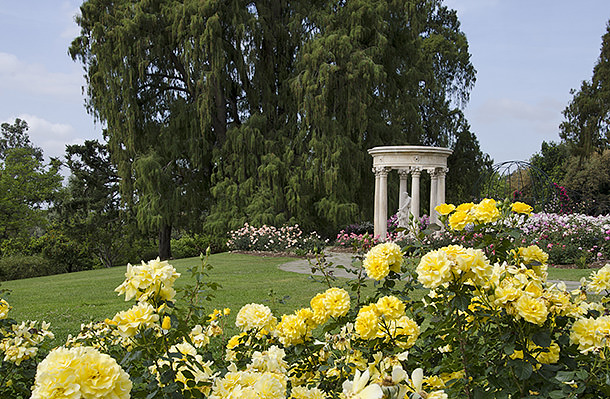
If you are a gardener in any form, you get giddy at the idea of visiting an amazing garden. When I started writing this post, I knew it would be fun being able to research and share information on some of these amazing public gardens around the country. (U.S.) Instead, it has given me an opportunity to remind you all why we become gardeners. It isn’t just to make our homes pretty, or increase their value. It certainly isn’t to keep up with the Jones’s. We become gardeners because on some level, we begin to recognize the innate role nature plays in our well being, and the well being of the world around us. Planting a tiny seedling and bringing it to maturity helps us to remember how integrated we are with the plant world, depending on it for food, oxygen, shelter, beauty, and even medicine and spirituality. Planting a whole garden? That allows us to share this realization with others. The great gardeners that planned, planted and managed these 10 gardens to visit before you die (admittedly, my list!) understood this, and what’s more, felt compelled to allow as many people on this earth as possible, to discover it too. I chose these ten gardens not just because they are beautiful, though every single one is. I chose them because they caused me to feel that sense of utter awe and amazement at how a simple garden can, and should, be regarded as a wonder worth seeing. I chose them, in short, because the idea of visiting them… makes me feel giddy. This is my ultimate gardener’s bucket list. Ready to make one too?
Garden Number One
The Bloedel Reserve
Located on Bainbridge Island in Washington state, The Bloedel Reserve is 150 acres of pure, Pacific Northwest awe. Started by Prentice Bloedel in the early 1950’s, the grounds includes the French country estate home now used as a visitor center, trails, gardens containing native plants, and many acres of natural wooded areas, preserving the reserve in it’s natural state. A Japanese and Zen garden, moss garden, reflecting pool, Camellia trail and bird refuge are a few of the amazing examples of Pacific Northwest flora you will find here. Oh, don’t forget the mill ponds, old sheep barns and meadows, and the waterfall. Puget Sound views from the trails too! Mr. Bloedel himself was head of a major lumber company, yet was a pioneer in sustainability and renewable resources. This was a man who got it, why we garden. He got it so well, he was ahead of his time. Thankfully, The Bloedel Reserve is a testament to his devotion to the power of nature. This is my top choice for gardens to visit. “Amazing” just doesn’t do it justice.
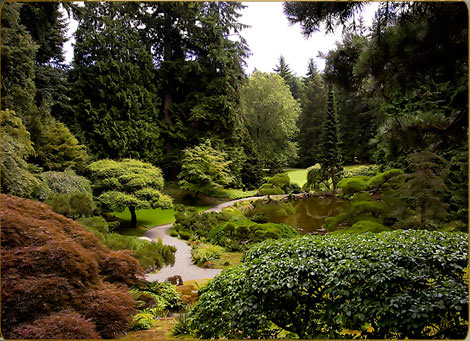
Garden Number Two
The Huntington Gardens
The Huntington is just outside of L.A., and is one of the largest cultural centers of it’s kind. Started in 1919 by Henry Huntington, a railroad magnate, it consists of the world famous Huntington Library, Gardens, and Art Gallery. The gardens itself encompasses 12 different and diverse gardens, from a Shakespeare garden to a subtropical garden, and just about every kind in between. The fact that the Huntington Library sits next door (in case you didn’t know, books for me rate right around gardens!) doesn’t hurt in making it a must visit.
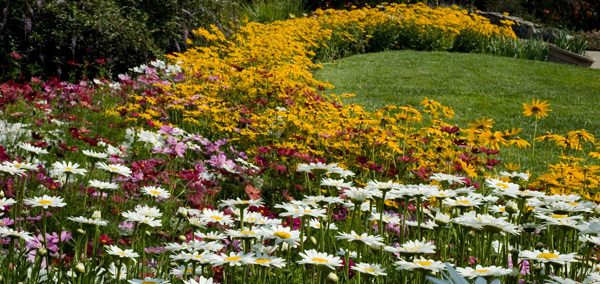
Garden Number Three
Fairchild Tropical Botanic Garden
It’s not only roses and rhodies that deserve our amazement in the plant world. Fairchild Tropical Gardens in Coral Gables, Florida is one of the best places for experiencing the exotic beauty that is the tropics. Started in 1938 by a group headed by Dr. David Fairchild and Robert Montgomery to preserve tropical plant life, this 83 acres highlights everything from palms to tropical flowers to edibles. There is a lot to be found at this garden in the way of education as well.
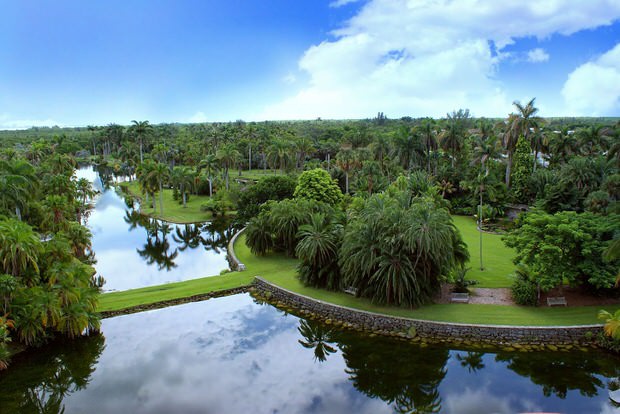
Garden Number Four
Longwood Gardens
Longwood Gardens in Kennett Square, Pennsylvania is one of the most famous horticultural spots in the world. Started by Pierre du Pont of the famous DuPont Corporation, this innovative plant lover was one of the first graduates of MIT, and was also General Manager of GM at one time. He started his first garden at Longwood in 1907, and that 600 foot long flower garden is still there today. He added Italian and French influences including a huge glass conservatory and a fountain garden, and the world famous Orchid House. Over 1000 acres of gardens grace this mans legacy.
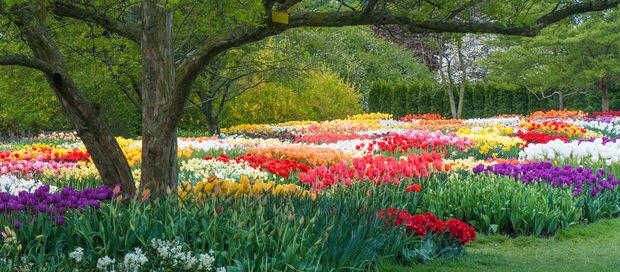
Garden Number Five
Denver Botanic Gardens
The Denver Botanic Garden’s mission is to connect people and plants, and to contribute to conservation of the Rocky Mountain flora. What it accomplishes is being an exemplary example of gardens of the West, including drought resistant gardens, native gardens, alpine gardens, ornamental grasses, plants sacred to Native Americans, and a variety of internationally influenced gardens as well.
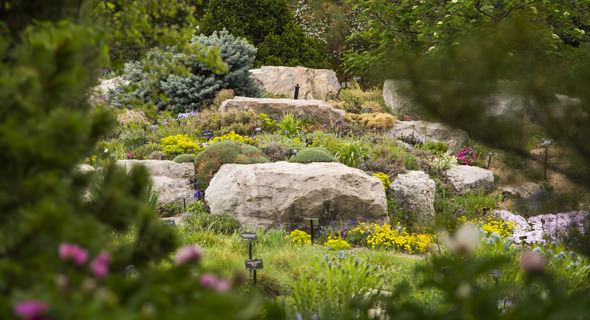
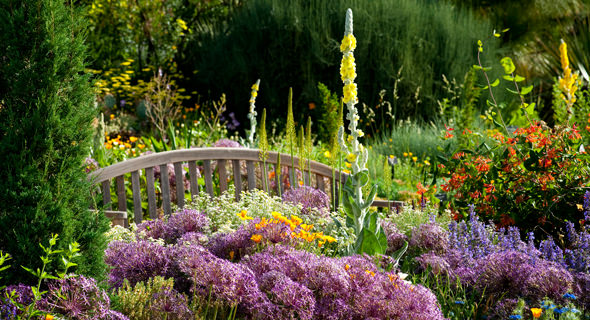
Garden Number Six
Portland Japanese Garden
The Portland Japanese Garden in Portland Oregon is the smallest garden on our list at only 5.5 acres but it is considered one of the best examples of Japanese influence in American garden design. Started in the 1960’s, this is actually five distinct gardens. Spring and fall are both stunning times to enjoy the blossoms and the maples in full leaf color. Photo by David Cobb.
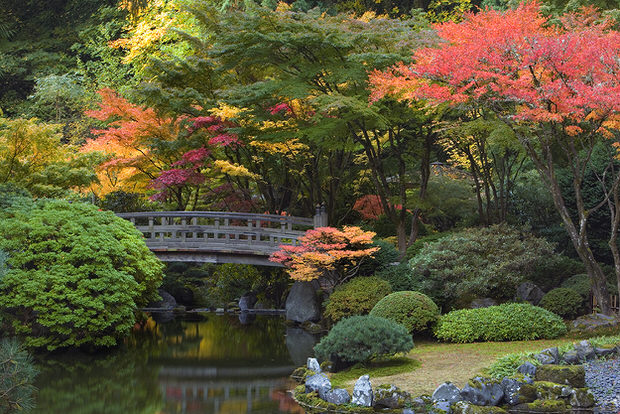
Garden Number Seven
Brooklyn Botanic Garden
The Brooklyn Botanic Garden is perhaps the best example of nature in the city we have seen. The 52 acre garden was founded in 1910, and is known for it’s over 200 cherry trees blossoming each spring, as well as it’s Japanese garden, rose garden and children’s garden. The children’s garden is especially important in the city, bringing the education of the love of plants to kids who might not otherwise get to experience it.
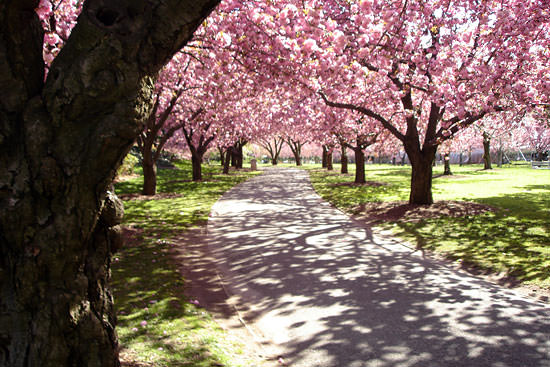
Garden Number Eight
Monticello
I am a huge lover of history, so a public garden that not only embraces, but works to protect historic plants is my Nirvana. I had mixed feelings about including Monticello, because I have mixed feelings about it’s founder, Thomas Jefferson. The reality for me is that whatever failings this man had, he had many strengths that shaped this nation, and that he was also an avid horticulturist and scientist. The Monticello gardens in Charlottesville, Virginia are worth visiting not just for their beauty, but also for The Center for Historic Plants located on the property. Jefferson believed in maintaining a strong and healthy appreciation for our heritage, and worked hard at preservation in ornamental plants as well as vegetables. There is much to be learned at Monticello.
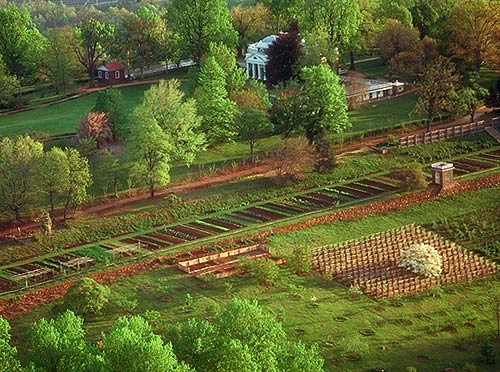
Garden Number Nine
Chicago Botanic Garden
This 385 acre garden in Glencoe, Illinois has 26 different and amazing gardens. Some of the gardens are on small islands or shoreline of the lake, and the entire place is beautiful in any season. This garden is the only one we have seen where admission is free, however, parking is $25 a car. Worth every penny.
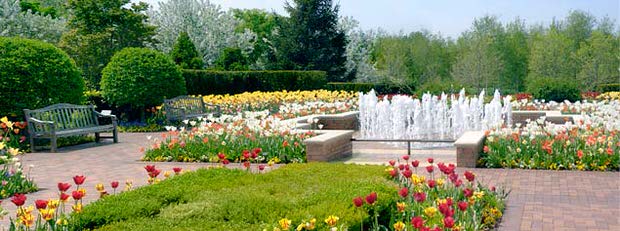
Garden Number Ten
Filoli
An historic estate outside Woodside, California, Filoli was built in 1917 by Mr. and Mrs. William Bourne, wealthy San Franciscans. The estate and it’s 125 acres has been owned by the National Trust for Historic Preservation since 1975. Both the gorgeous estate home and the gardens are available for touring. The remainder of the estate is a nature preserve of the beautiful oak studded golden hills of California, with nature trails you can use during docent led walks. Their daffodil display is known around the world.
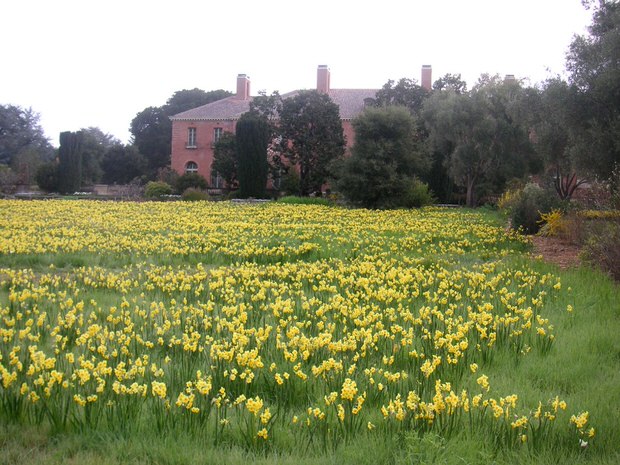
Did we miss any must see gardens? Tell us your picks in comments!
Copyright © www.100flowers.win Botanic Garden All Rights Reserved